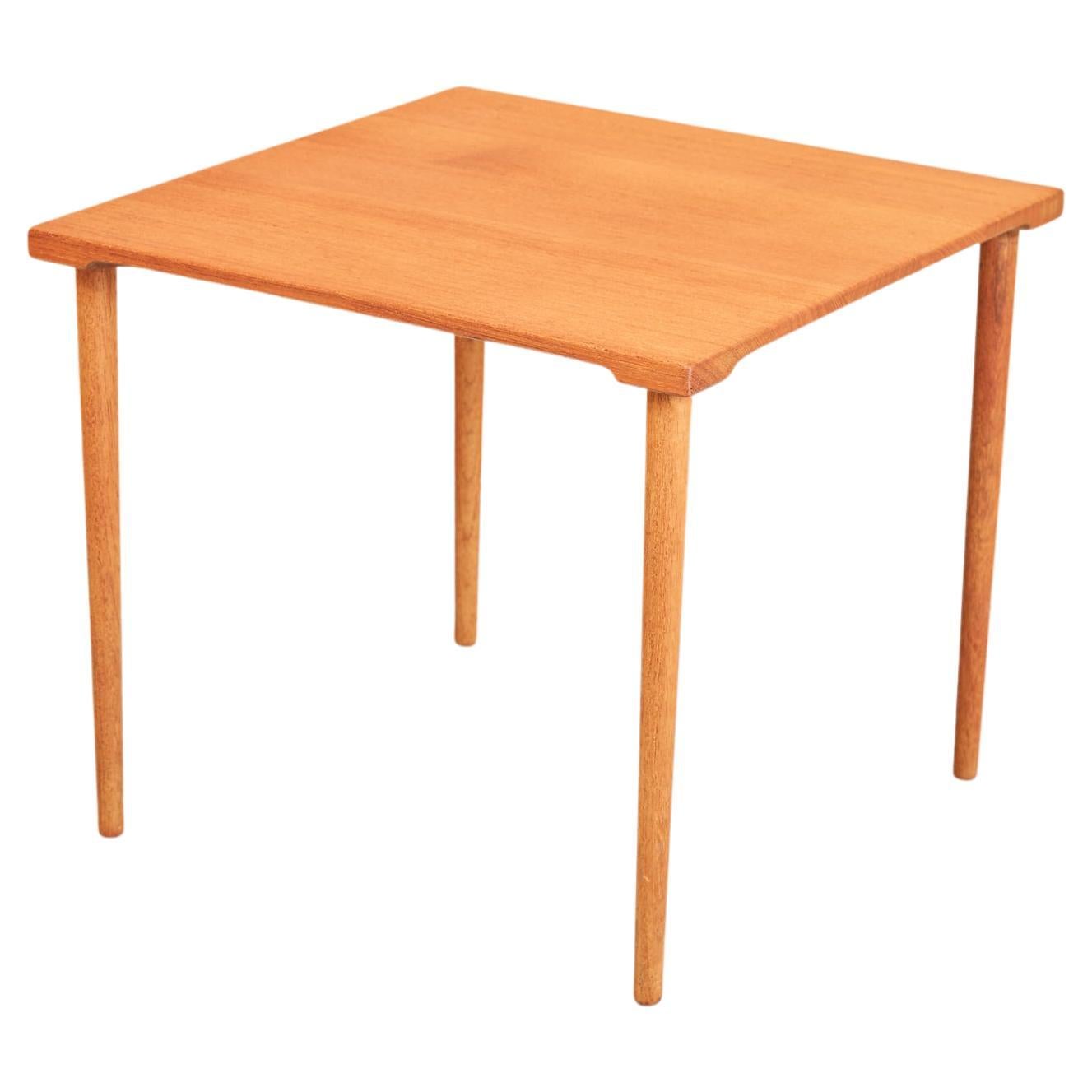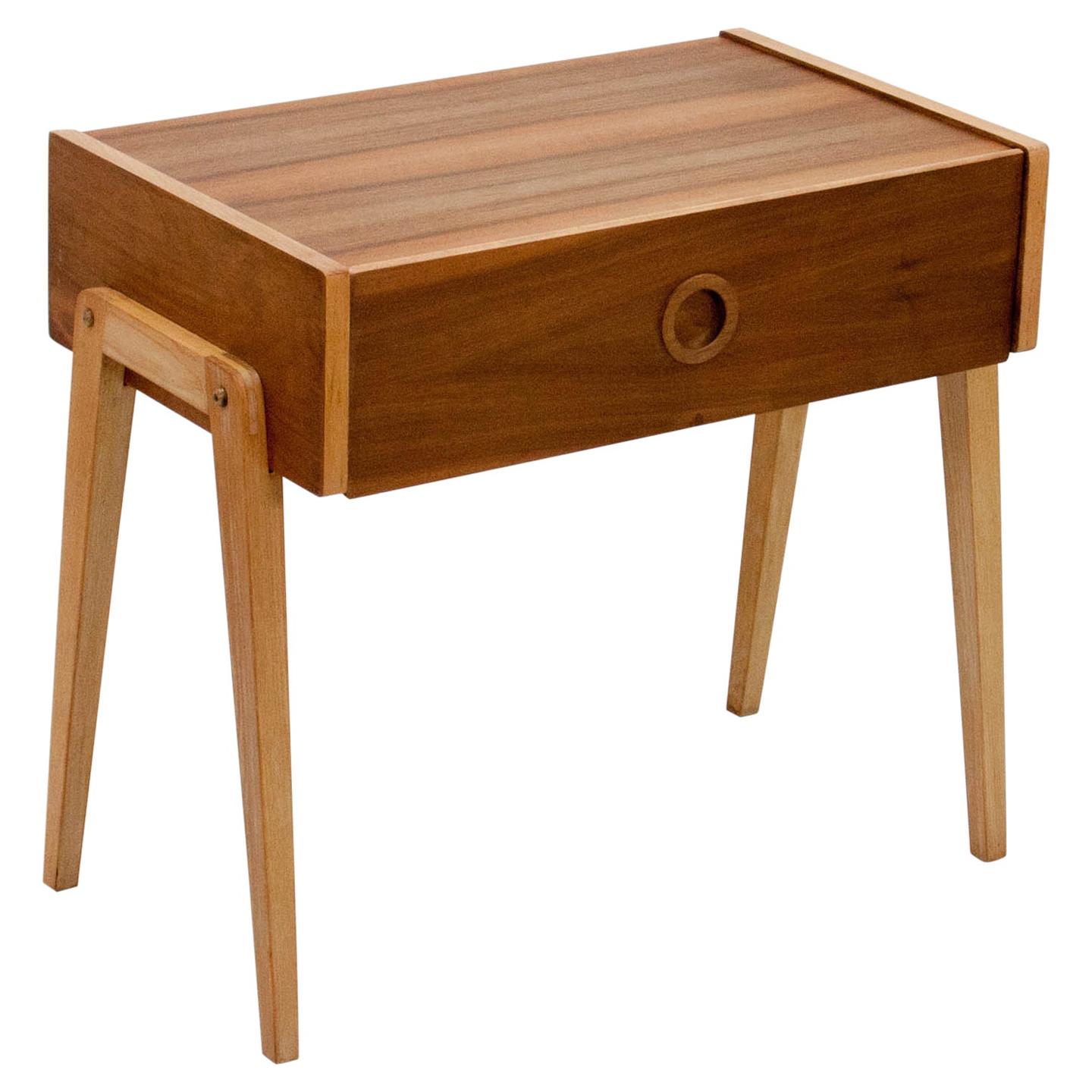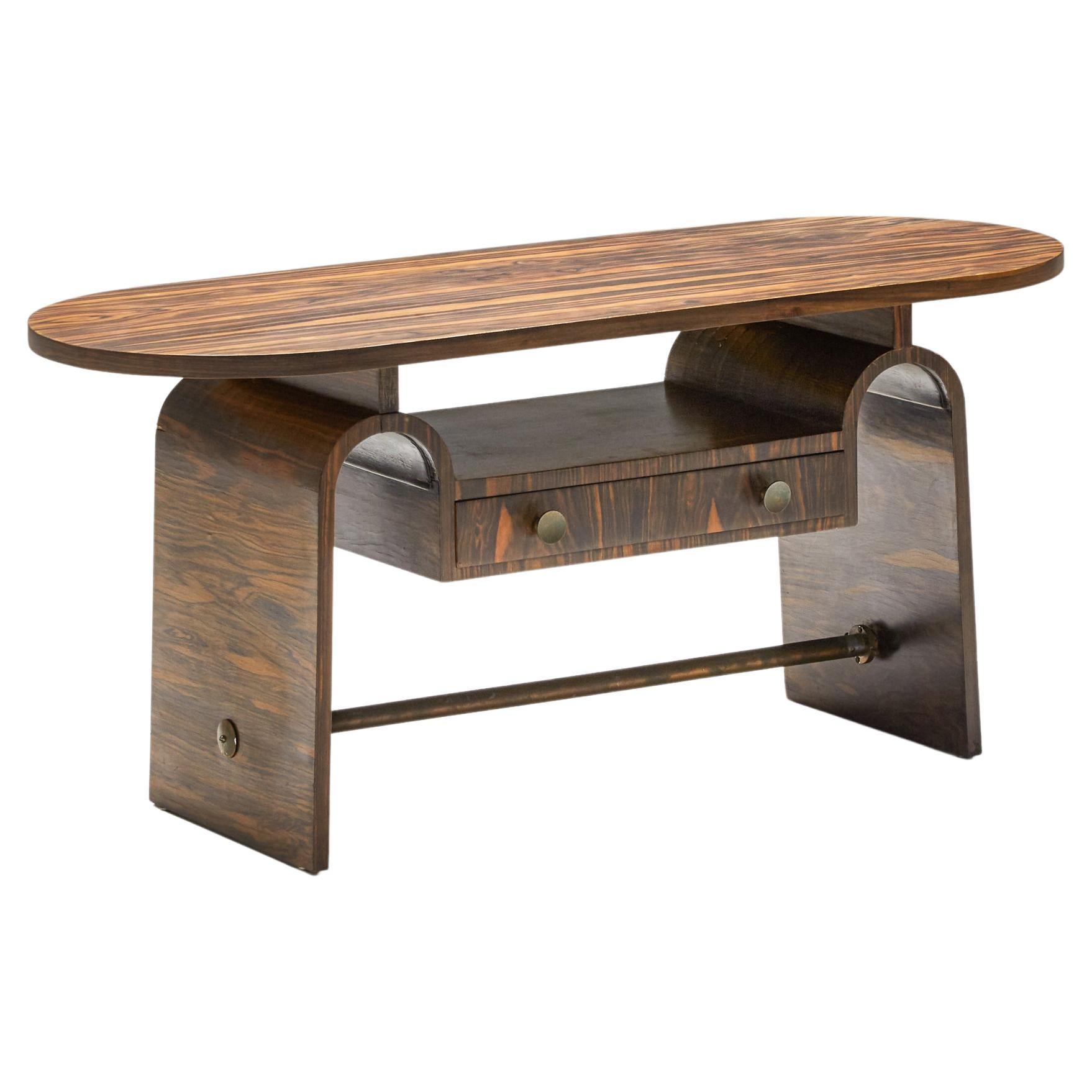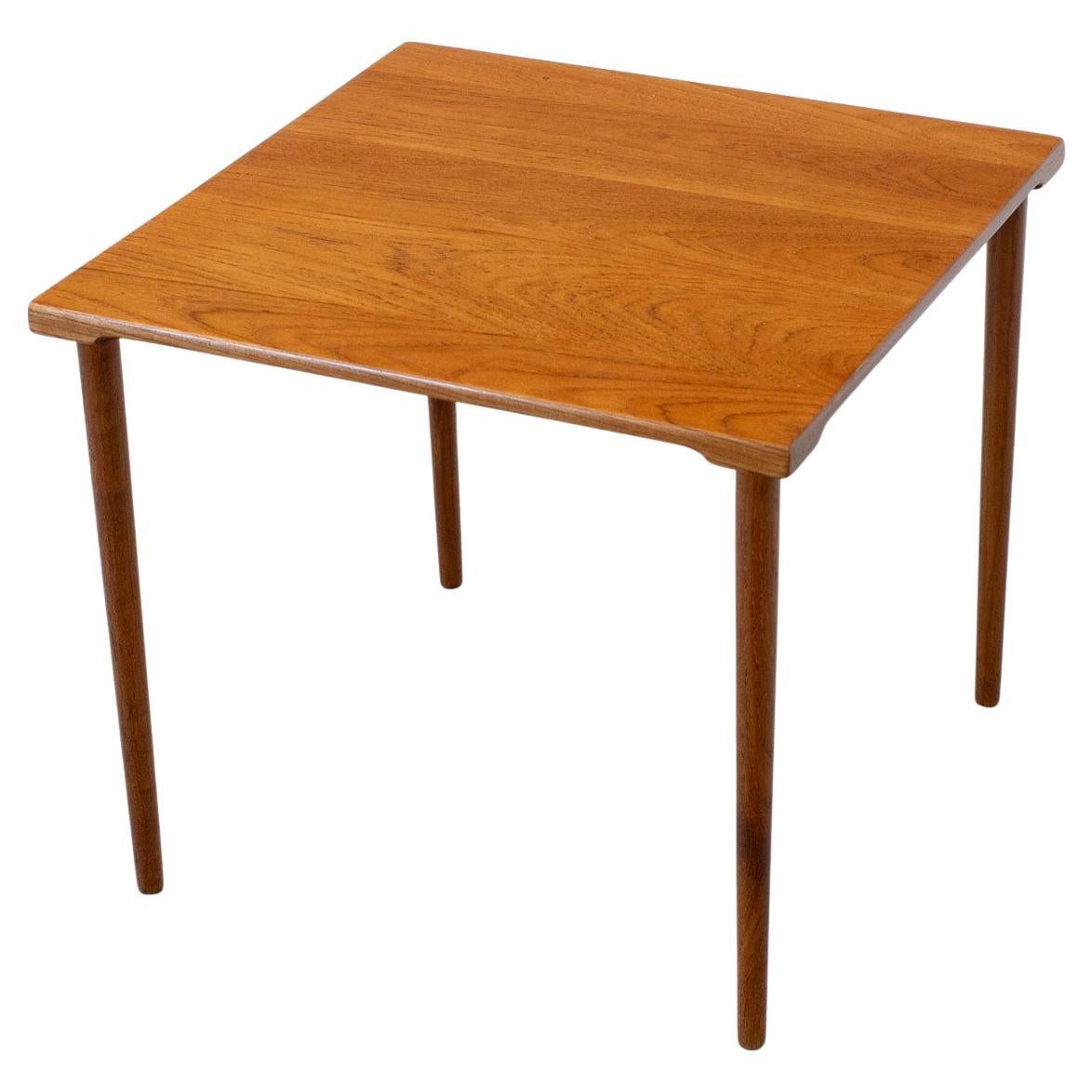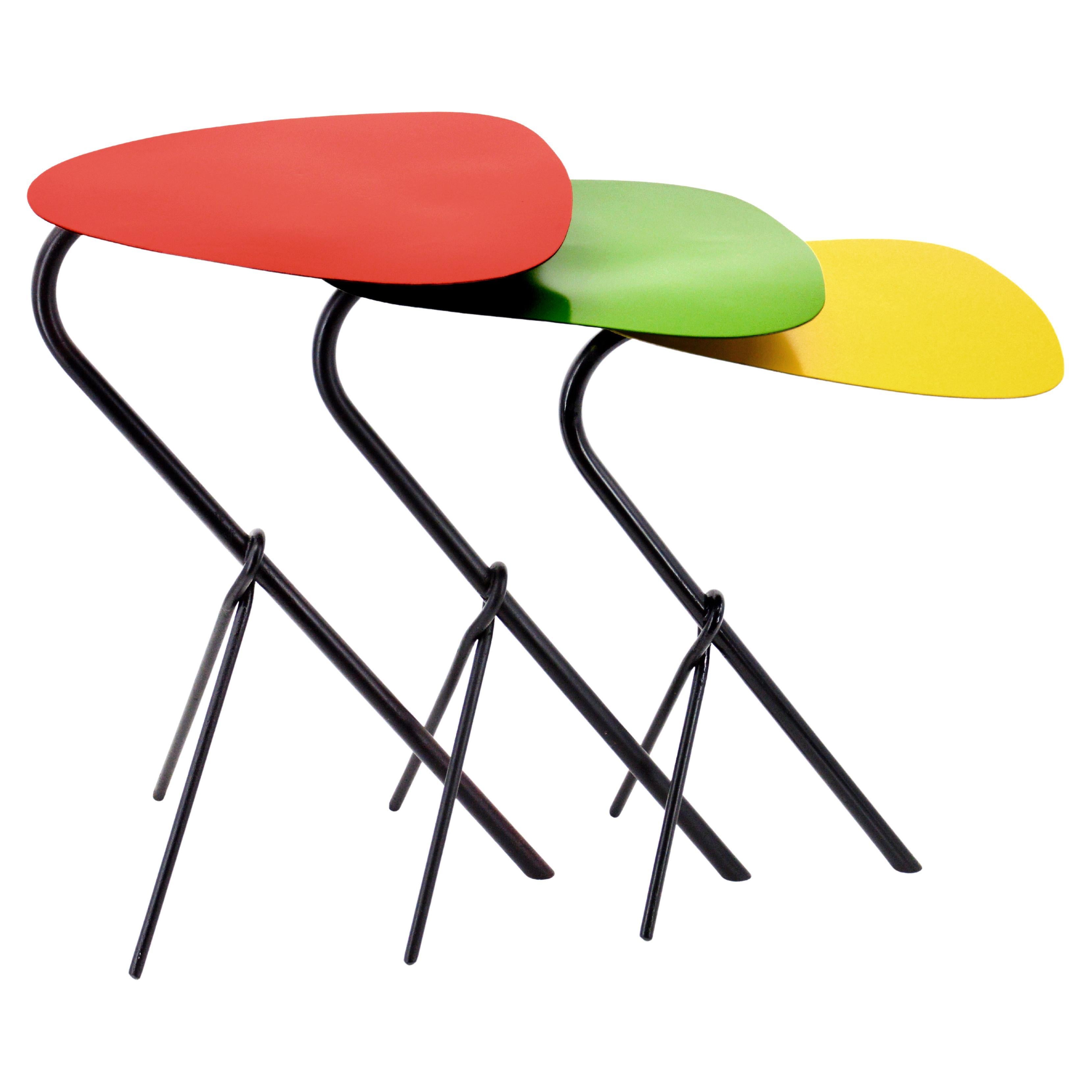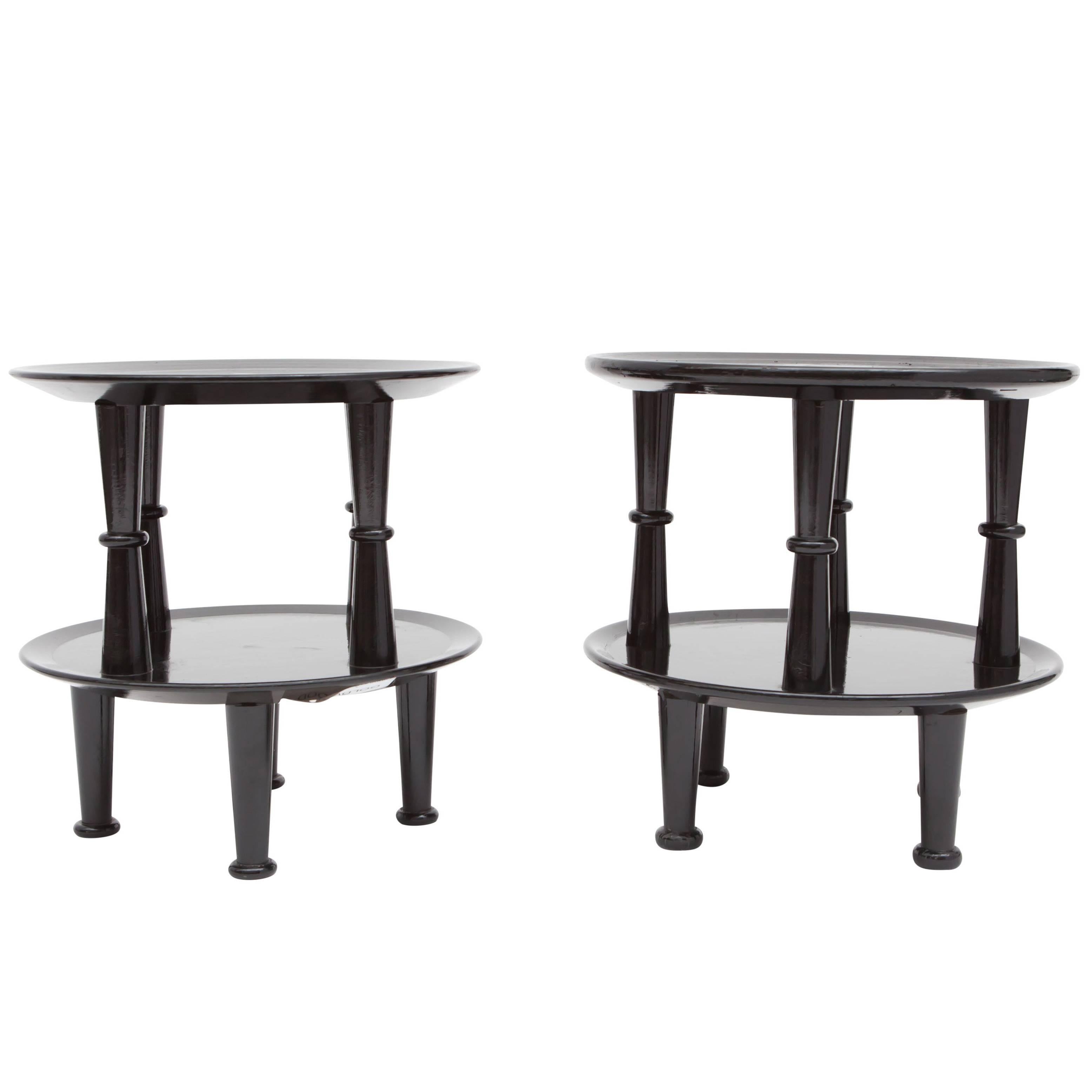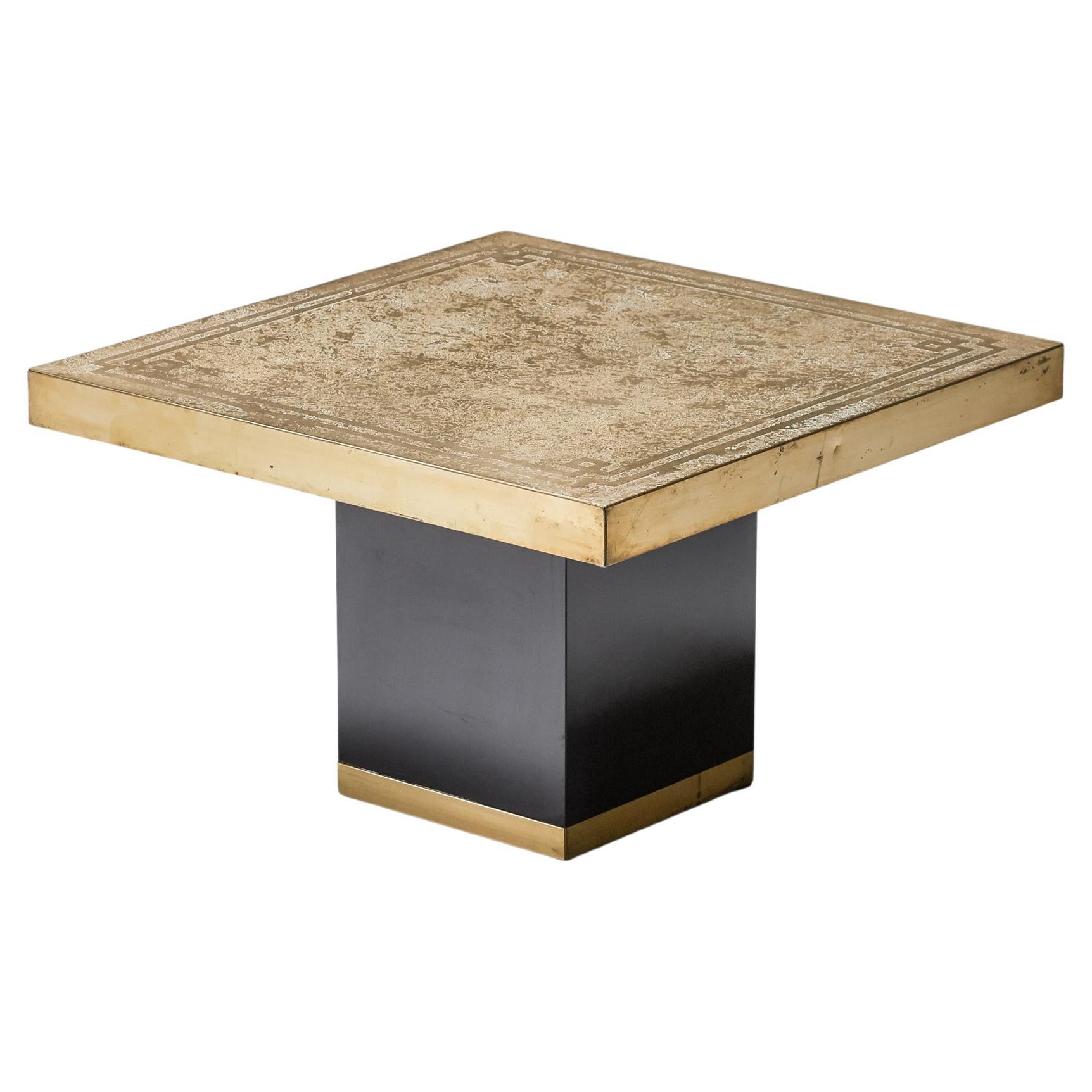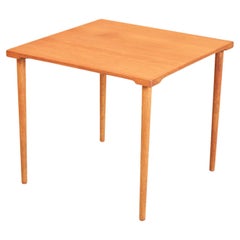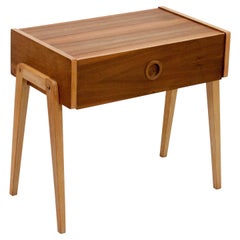
Enormous 1950s Molecular Model
View Similar Items
1 of 1
Enormous 1950s Molecular Model
About the Item
- Dimensions:Height: 31 in (78.74 cm)Diameter: 31 in (78.74 cm)
- Style:Mid-Century Modern (Of the Period)
- Materials and Techniques:
- Place of Origin:
- Period:
- Date of Manufacture:1950s
- Condition:Wear consistent with age and use. Minor losses. Very good to excellent condition overall, nice dark patina to the blonde wood. As shown in pics, a few hairlines to some of the balls, everything is still sturdy and stable, nothing missing.
- Seller Location:Kensington, MD
- Reference Number:1stDibs: LU87055258793
You May Also Like
- Solid Teak Sugar Cane Crusher / Grinder from Java, Indonesia c. 1950Located in Jimbaran, BaliThis solid crusher was part of a larger sugar cane press extracting the sugar rich juices from harvested sugar cane. Hand-carved from teak It has a smooth finish and would make for a...Category
Vintage 1950s Indonesian Other Side Tables
MaterialsWood, Teak
- Danish Teak Model Fd544 Lamp Side Table, France & Søn, 1950sBy Hvidt & Mølgaard, France & SønLocated in London, GBDanish model FD544 occasional side table by Edvard Kindt-Larsen for Danish manufacturer France & Son. Designed in the late 1950s and made of solid teak with shaped edges and turned l...Category
Vintage 1950s Danish Mid-Century Modern Side Tables
MaterialsTeak
- 1950s Teak Sideboard DutchLocated in Den Haag, NLQuirky little sideboard with a fold-down front and a nicely grained top surface.Category
Mid-20th Century Dutch Mid-Century Modern Side Tables
MaterialsTeak
- Salvador Dali Surrealist Sculpture Side Table Model Xai Limited Edition 16/20By BD Barcelona Design, Deyrolle, Salvador DalíLocated in Barcelona, Barcelona"XAI” lamb designed by Salvador Dali manufactured by BD Barcelona and Deyrolle. Measures: 87 x 26 x H 71 (head) and H 59 (back) approximate Inspired by the painting "Interpret...Category
2010s Spanish Modern Animal Sculptures
MaterialsWool
- Japanese Organic Side Table, 1950sLocated in Antwerp, BEElegant rosewood side table inspired by the principles of Japanese purity. The organic yet composed forms in combination with two small drawers offer space for books and other curios...Category
Vintage 1950s Japanese Mid-Century Modern Side Tables
MaterialsWood
$3,279 Sale Price20% Off - Bedside Table Model 914 Designed by Josef Frank for Svenskt Tenn, Sweden, 1950sBy Josef FrankLocated in Stockholm, SEBedside table model 914 designed by Josef Frank for Svenskt Tenn, Sweden, 1950s. Mahogany veneer and brass handle. Josef Frank’s elegant bedside table model 914 with sophisticated brass handles is one of Svenskt Tenn’s timeless classics. It works very well combined with modern or antique pieces. The overall simplicity of form and use of luxurious wood are characteristic of Josef Frank. L: 65 cm W: 40 cm H: 55 cm Josef Frank was a true European, he was also a pioneer of what would become classic 20th century Swedish design and the “Scandinavian Design Style”. Austrian- born Frank started his design career as an architect after having trained at the Technische Hochschule in Vienna between 1903 and 1910. After his training he went on to teach at Kunstgewerbeschule (The Viennese School of Arts and crafts) where he developed and espoused the new school of modernist thinking towards Architecture and Design that was coming to fruition in Vienna at the time. He also went on to lead the Vienna Werkbund throughout the 1920s. This was a truly progressive group of Architects and Designers who set about improving the daily lives of Austrian people through modernist design and architecture in partnership with Arts and Crafts ideals and construction. Frank’s leadership of the Werkbund had already cemented his place at the forefront of European design. Frank’s time in Vienna was typified by his design for the “Die Wohnung” exhibition of the Deutscher Werkbund in Stuttgart, 1927 where he exhibited along side his contemporaries at the forefront of design, such as the likes of Le Corbusier and Walter Gropius. Here he showed a specially designed pair of flat-roofed reinforced concrete houses in what is now seen as a typical modernist style. What separated Frank’s house from the other 32 houses of the exhibition was the interior and furniture inside the building. It was described as “Neo-Classical” and filled with an eclectic mix of period pieces, modern design and pieces designed by Frank himself that seemed to cross the two worlds. This was a complete opposite direction to that which his fellow Architects were travelling in with their pared back and angular aesthetics. Frank said of his own work: “The house is not a work of art, simply a place where one lives,” and by this reasoning Frank rejected the regimental mechanisation of the living space that his contemporaries believed in, instead he set about creating congenial and spontaneous interiors. Frank’s practice saw him placing the bright colours and the soft forms of nature back into the furnishings and interiors that he thought modernism sorely mist. Frank, along with Oskar Walch set up Haus und Garten in Vienna in 1925. This was Frank’s first commercial foray into furniture and home furnishings and the company went on to become the most influential furnishing house in Vienna with a riotous depth of colour and interesting shapes becoming the trademark of their design. However this success was to come to an end with rise of Nazism in Vienna in the early 1930’s. Frank was Jewish, and he and his wife Anna decided they would leave Vienna for her motherland: Sweden, in 1933. Frank continued to design for Haus and Garten, visiting Vienna occasionally and designing the pieces that would continue to be the company’s best...Category
Vintage 1950s Swedish Mid-Century Modern Side Tables
MaterialsBrass

